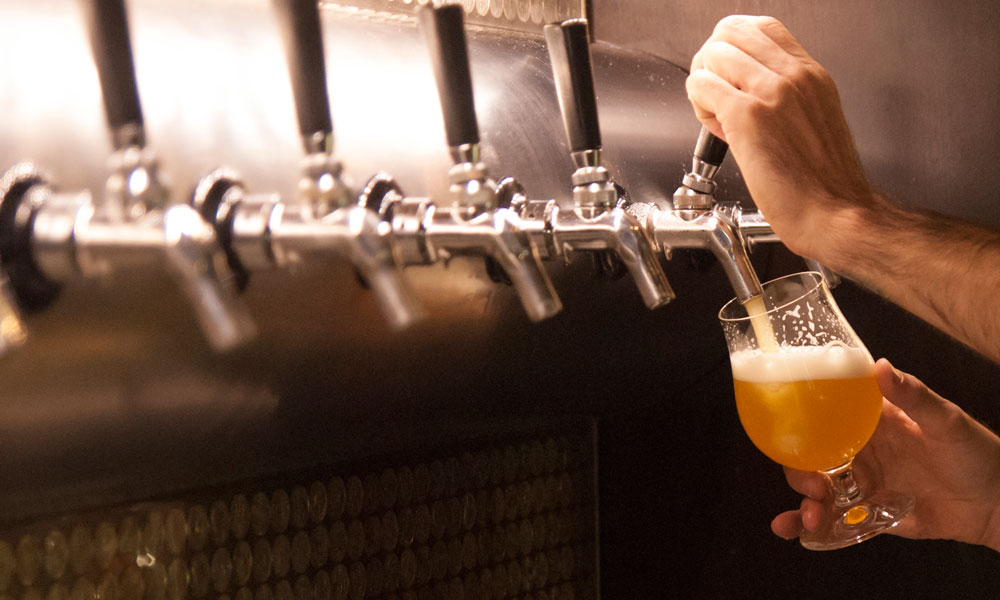
Brewers Association Pours Investment Into Improving Beer Quality
Brewers take pride in the quality of their beer. That’s why the Brewers Association is sinking its largest-ever grant into how to properly maintain draught lines at restaurants and bars.
A well-made beer is a work of art, and craft brewers want to make sure their hard work doesn’t go down the drain.
To that end, the Brewers Association (BA) has awarded a $120,000 grant—its largest ever—to Montana State University (MSU) and NSF International Applied Research Center (ARC) to investigate draught beer-line cleaning. For the non-beer enthusiast, beer lines connect the pint glass to the keg at a bar or restaurant. Bacteria buildup in the system, although harmless, leads to a poor-tasting brew.
In a statement, BA said that the research will validate existing guidelines, identify potential sources of contamination, and eventually help bartenders serve better beer.
“Small and independent craft brewers devote a lot of time, effort, and resources to make the best possible beer for consumers. Ingredients are handpicked, the latest technological advances in brewing are used, and batches of beer are tested throughout the process to ensure superior quality,” the group said. “That hard work can be ruined in the time it takes the beer to travel from the keg to the glass if the draught system/lines have not been properly cleaned and maintained.”
Organizations representing breweries have increasingly shown interest in improving quality assurance in the industry.
Craft brewers “want the consumer to get the benefit of that same beer that left their facility and that’s the bottom line,” said Darla Goeres, an associate professor at the Center for Biofilm Engineering at MSU, who is overseeing the BA-funded study.
The aim of the research is to determine how, why, and when draught lines become tainted. Though cleaning guidelines already exist, Goeres’ objective is to improve upon industry knowledge. After about a year of research, that information will go to barkeeps across the country.
While experts in the brewing industry can determine whether draught lines are off by taste and smell, Goeres’ team will approach the subject more scientifically. Her staff will not be sampling the beer. Rather, they will study the buildup in the lines under microscopes and use gas chromatography to analyze the problem.
“It will be done very scientifically,” she said. “We’ll be using different lab technology to count the number of bacteria. What we want is quantitative data.”
Once the team at MSU is done with its work, the findings will be passed off to ARC. With a larger laboratory and bigger staff, Goeres said ARC will be able to test more styles of beer and corroborate MSU’s findings.
She did not identify what brands of beer would undergo testing—the process purposefully ruins the batch—but said the combined laboratories will analyze the effect of ales, ambers, and wheat beers on draught lines.
For the record, this is her first study involving beer.
“This is the one people are excited about,” Goeres said.





Comments